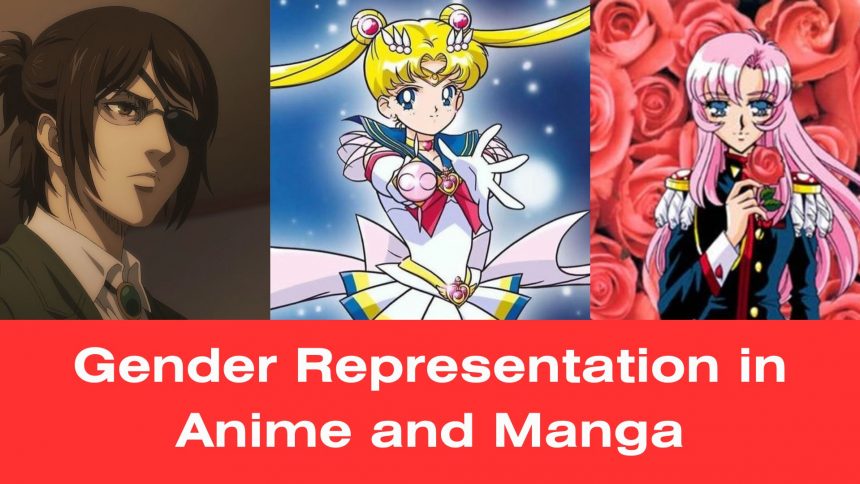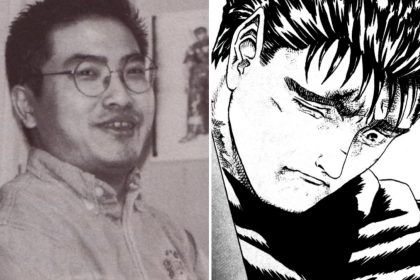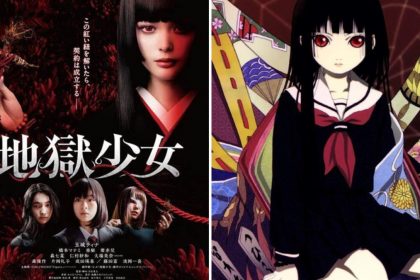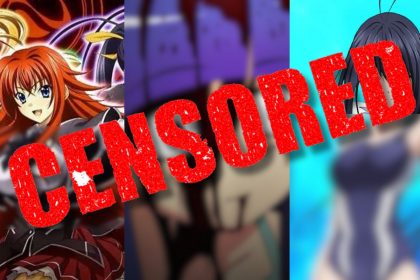Anime and manga, as popular forms of entertainment from Japan, have captivated audiences worldwide. Beyond their imaginative storytelling and stunning visuals, these mediums hold a significant influence on the representation of gender. In this article, we will delve into the significance of gender representation in anime and manga, explore the Japanese view of gender representation in pop culture media, and highlight prominent works and artists that have shaped gender representation in the current anime and manga industries.
Significance of Gender Representation in Anime and Manga
Gender representation in media plays a crucial role in shaping societal perceptions, cultural norms, and individual identities. Anime and manga, with their wide reach and diverse audience, have the power to influence and challenge these constructs. By portraying a range of gender identities, roles, and experiences, these mediums have the potential to empower individuals who may find resonance in the characters they see on screen or in print.
The impact of gender representation extends beyond entertainment. It can inspire conversations, promote inclusivity, and advocate for social progress. When anime and manga depict diverse and multidimensional characters, it allows for a broader understanding of gender and contributes to the dismantling of harmful stereotypes and biases. By providing relatable and authentic portrayals, these mediums can help individuals feel seen, validated, and understood.
Japanese View of Gender Representation in Pop Culture Media
Socio-cultural context of Gender in Japan
To understand gender representation in anime and manga, it is essential to consider the cultural context of Japan. Traditional gender roles have long been ingrained in Japanese society, with distinct expectations for men and women. However, as societal attitudes evolve, so does the portrayal of gender in pop culture media.
There have been controversies surrounding gender representation in the anime and manga industry. Some critics argue that certain portrayals perpetuate harmful stereotypes or objectify female characters. They argue that sometimes anime and manga emphasizing their physical appearance over their personalities or agency.
These controversies highlight the ongoing need for critical analysis and discussions about the responsible portrayal of gender in these mediums. However, it is important to recognize that there is also a growing awareness and effort within the industry to address these concerns. They also starts to promote more inclusive and diverse representations of gender.
Gender Representation in Japanese Media
In recent years, there has been a notable shift in anime and manga towards more nuanced and diverse representations of gender. This can be attributed, in part, to changing attitudes within Japanese society. Movements advocating for gender equality and LGBTQ+ rights have gained traction, leading to increased visibility and acceptance. As a result, creators and artists have been able to explore a wider spectrum of gender identities and expressions, challenging traditional norms and broadening the representation of marginalized communities.
To further promote diverse and inclusive gender representation in anime and manga, several steps can be taken. First, it is crucial to support and celebrate works that challenge traditional gender norms and provide authentic and nuanced portrayals of diverse characters. This includes recognizing and amplifying the voices of marginalized creators and artists. Additionally, fostering inclusivity within the industry by providing opportunities for diverse talent and encouraging collaborations can contribute to more varied and representative storytelling. Lastly, engaging in open discussions and promoting media literacy can help audiences critically analyze and appreciate the complexities of gender representation in anime and manga, encouraging the demand for more inclusive content.
Prominent Works and Artists that Shape Gender Representation in Anime and Manga
Numerous works and artists have played a significant role in shaping gender representation in anime and manga. One such example is the critically acclaimed series “Revolutionary Girl Utena.” Created by Kunihiko Ikuhara, this groundbreaking anime challenged gender norms and explored themes of identity, power, and sexuality. Its complex characters, including the protagonist Utena Tenjou, broke free from traditional gender roles and defied expectations.
Another influential artist is Naoko Takeuchi, the creator of “Sailor Moon.” This iconic series featured a diverse cast of female characters who embodied strength, courage, and compassion. “Sailor Moon” broke new ground by presenting empowering female role models while also exploring themes of love, friendship, and self-discovery. It became a cultural phenomenon and inspired a generation of fans.
There are notable examples of non-binary or gender-fluid characters in anime and manga. One such example is Hange Zoe from the popular series “Attack on Titan.” Hange’s gender identity is intentionally left ambiguous, and they are portrayed as a skilled and intelligent member of the Survey Corps. Another example is the character Haruhi Fujioka from “Ouran High School Host Club.” Haruhi’s gender is initially mistaken by other characters, but they identify as non-binary and challenge traditional gender expectations throughout the series. These characters, among others, contribute to a more diverse representation of gender in anime and manga.
Conclusion
Gender representation in anime and manga has evolved significantly over thedecades. In the early years, gender roles were often portrayed in a more traditional and stereotypical manner, with clear distinctions between male and female characters. However, as societal attitudes and expectations shifted, so did the representation of gender in these mediums. There has been a greater emphasis on breaking gender stereotypes, exploring diverse gender identities, and representing LGBTQ+ characters. This evolution has allowed for more nuanced and inclusive depictions of gender in anime and manga.
Gender representation in anime and manga can have a significant influence on real-world attitudes and perceptions. These mediums often have a wide and dedicated fan base, and the characters and stories they depict can resonate deeply with viewers. When diverse and nuanced representations of gender are portrayed, it can challenge and broaden societal norms, promoting acceptance and understanding. It can also provide validation and empowerment to individuals who may identify with characters that defy traditional gender roles. By shaping popular culture, anime and manga have the potential to influence and shape real-world attitudes towards gender.
In conclusion, gender representation in anime and manga holds immense significance in shaping societal perceptions, promoting inclusivity, and advocating for diverse voices. These mediums have the power to challenge traditional gender norms, empower individuals, and inspire meaningful conversations. As the industry continues to evolve, it is crucial to celebrate the works and artists that have pushed boundaries and fostered more nuanced portrayals of gender. By embracing diverse perspectives and promoting inclusivity, anime and manga can continue to have a positive impact on audiences worldwide.













